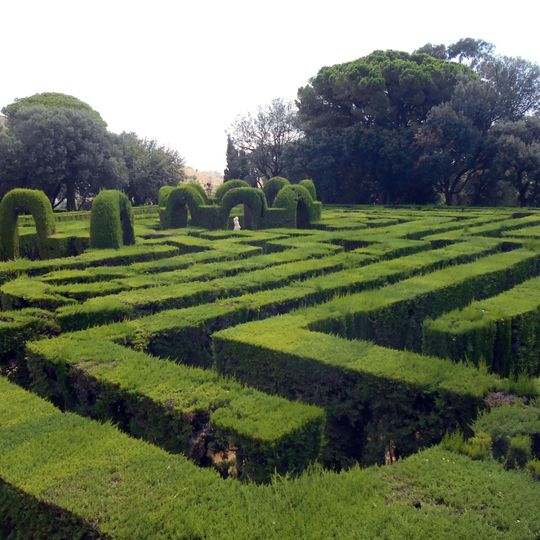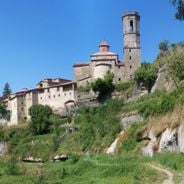Parc del Laberint d'Horta, Neoclassical garden in Horta-Guinardó, Spain
The park spans 55 hectares with 9 hectares of landscaped gardens containing sculptures, fountains, water jets, and a cypress hedge maze at its center.
Italian engineer Domenico Bagutti designed this garden in 1792 for Joan Desvalls, the Marquis of Llupià, making it the oldest garden in Barcelona.
The garden layout features themes of love in its Neoclassical section and themes of death in its Romantic garden, reflected through statues and architectural elements.
The park welcomes visitors daily from 10 AM to 8 PM between April and October, and from 10 AM to 6 PM from November through March.
The restored 14th-century Torre Soberana country house stands within the park grounds, decorated in 19th-century Arabesque architectural style.
Location: Hort
Inception: 1794
Official opening: 1971
Address: Pg. Castanyers 1-17
GPS coordinates: 41.44028,2.14556
Latest update: May 27, 2025 08:48
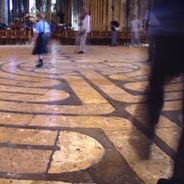
Labyrinths have been part of human architecture for thousands of years, serving religious, meditative, and decorative purposes. Chartres Cathedral preserves one of the most famous medieval floor mosaics in Europe, guiding pilgrims along a 13-meter-wide path made of blue and white stones. English castles like Hampton Court developed hedge mazes from the 16th century onward as part of their formal gardens, while Italian Renaissance villas integrated geometric stone patterns into their terraces. The collection also includes underground structures such as the Paris Catacombs, whose winding passages were originally quarries, or the Roman cisterns of Istanbul with their rows of columns. Each era and region developed its own techniques: medieval stonework in cathedrals, baroque garden architecture with trimmed hedges, or pre-Columbian temple complexes with ritual pathways. These sites document various construction methods, from laying colored stone mosaics to creating multi-level garden courses to constructing underground vaults. They offer insights into historical craftsmanship and the symbolic meaning of the labyrinth across different cultures.
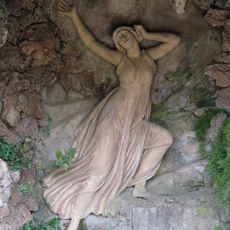
Font d'Eco
10 m
Bust d'home jove
18 m
Les Quatre Estacions: Primavera
106 m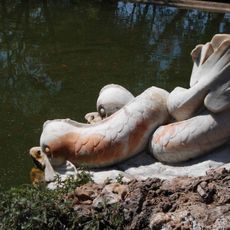
Font dels Dofins
90 m
Vigilant 2
93 m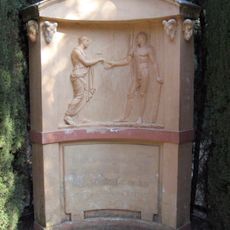
Relleu d'Ariadna i Teseu
37 m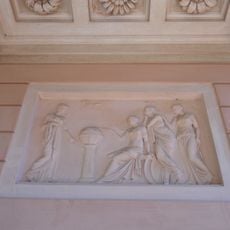
Relleu de les Ciències
66 m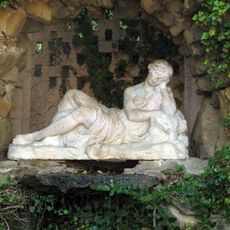
Nimfa Egèria
107 m
Relleu de les Arts
70 m
Font de la Piràmide
57 m
Les Quatre Estacions: Tardor
55 m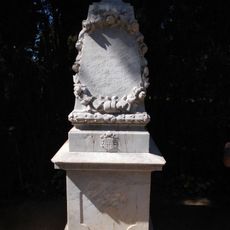
Commemoració de la visita del rei Alfons XIII i la reina Victòria Eugènia
54 m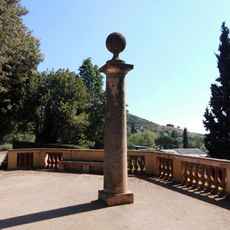
Columna de les hores
52 m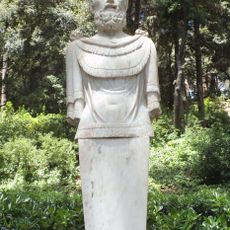
Rei Mides
73 m
Dànae
20 m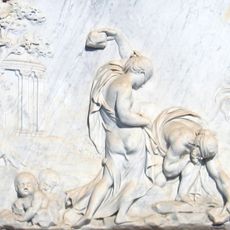
Relleu de Deucalió i Pirra
18 m
Artemísia
37 m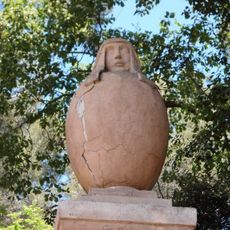
Vigilant 1
93 m
Grup de l'Art i la Natura
68 m
Les Quatre Estacions: Hivern
98 m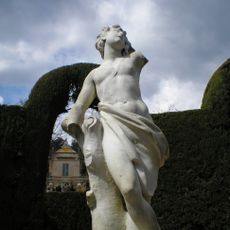
Eros en el Laberint
21 m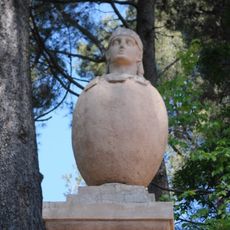
Vigilant 4
96 m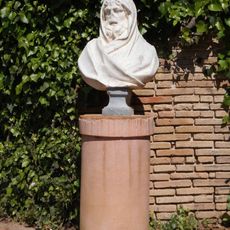
Hivern
16 m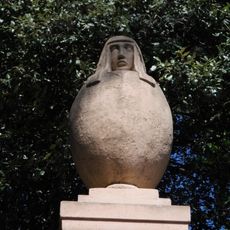
Vigilant 3
95 m
Bust de dona
32 m
Commemoració de la visita de 1802
63 m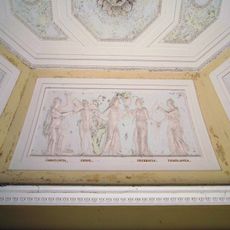
L'Acadèmia. Cúpula del pavelló de Carles IV
65 m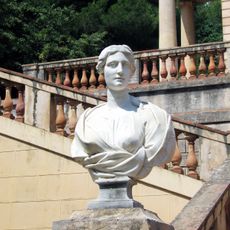
Les Quatre Estacions: Estiu
54 mReviews
Visited this place? Tap the stars to rate it and share your experience / photos with the community! Try now! You can cancel it anytime.
Discover hidden gems everywhere you go!
From secret cafés to breathtaking viewpoints, skip the crowded tourist spots and find places that match your style. Our app makes it easy with voice search, smart filtering, route optimization, and insider tips from travelers worldwide. Download now for the complete mobile experience.

A unique approach to discovering new places❞
— Le Figaro
All the places worth exploring❞
— France Info
A tailor-made excursion in just a few clicks❞
— 20 Minutes
